The Essential Components of Any Hydraulic System
Hydraulic systems make it possible to use a small amount of force on a small area to create a large amount of force on a larger area. One of the most common uses is the hydraulic brake systems used on vehicles. You press on the brake pedal to create a lot of stopping power on all four wheels. According to Fluid Power Net, NASA installed hydraulic pumps in the space shuttle that hold up to 3,050 PSI at 3,600 RPMs. Hydraulic systems use the following four essential parts to make them work.
1. Fluid Reservoir
You need a reservoir that holds hydraulic fluid for the system to work. For example, the master cylinder in your car holds brake fluid. The master cylinder is connected to the brake calipers or drum brakes using hoses and fittings. When you press on the brake pedal, the pressure causes the calipers and brake drums to grip the rotor or drum brake and create enough friction to bring the wheels to a safe stop.
2. Pump
A hydraulic system needs a pump to create the pressure that makes the system work. The aforementioned pumps that NASA uses on its space shuttles are a prime example. So is the pump on your car that gives you power brakes. The pump gives you plenty of stopping power. The hoses and fittings that connect the pump to the brakes help to contain the pressure and prevent leakage or air or water contamination that would weaken the hydraulics.
3. Valves
Valves help to direct the flow of the fluid within the hydraulic systems. Without valves, you would not be able to stop and start the flow of fluid that makes the hydraulic system work. You also would not be able to direct the flow as intended or create pressure and then relieve it as needed. The valves are important for ensuring the hydraulic system does what you intend it to do.
4. Actuator
An Actuator is the final piece of the hydraulic mechanism and directs the power that the hydraulic system creates. The actuator uses a cylinder that converts the energy created by the hydraulic system into a useful force. With the help of hoses and fittings, the hydraulic energy is focused on a single purpose and focuses the energy on that task. In the case of hydraulic brakes, that task is to cause the brake pads to create friction so that you can slow down or stop.
If you need services in building, repairing, or refurbishing hydraulics cylinders and components, call Crown Hydraulics today. We have years of experience in the industry so you can feel confident knowing your cylinders, hoses and fittings, and other hydraulic parts are in the right hands.
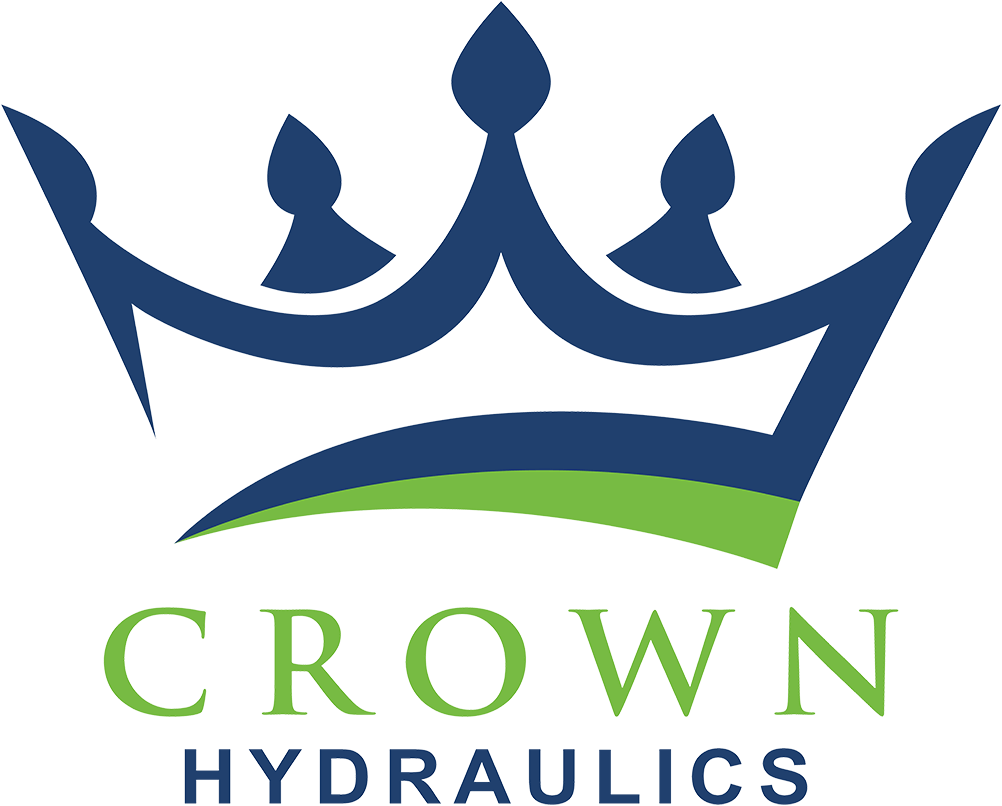

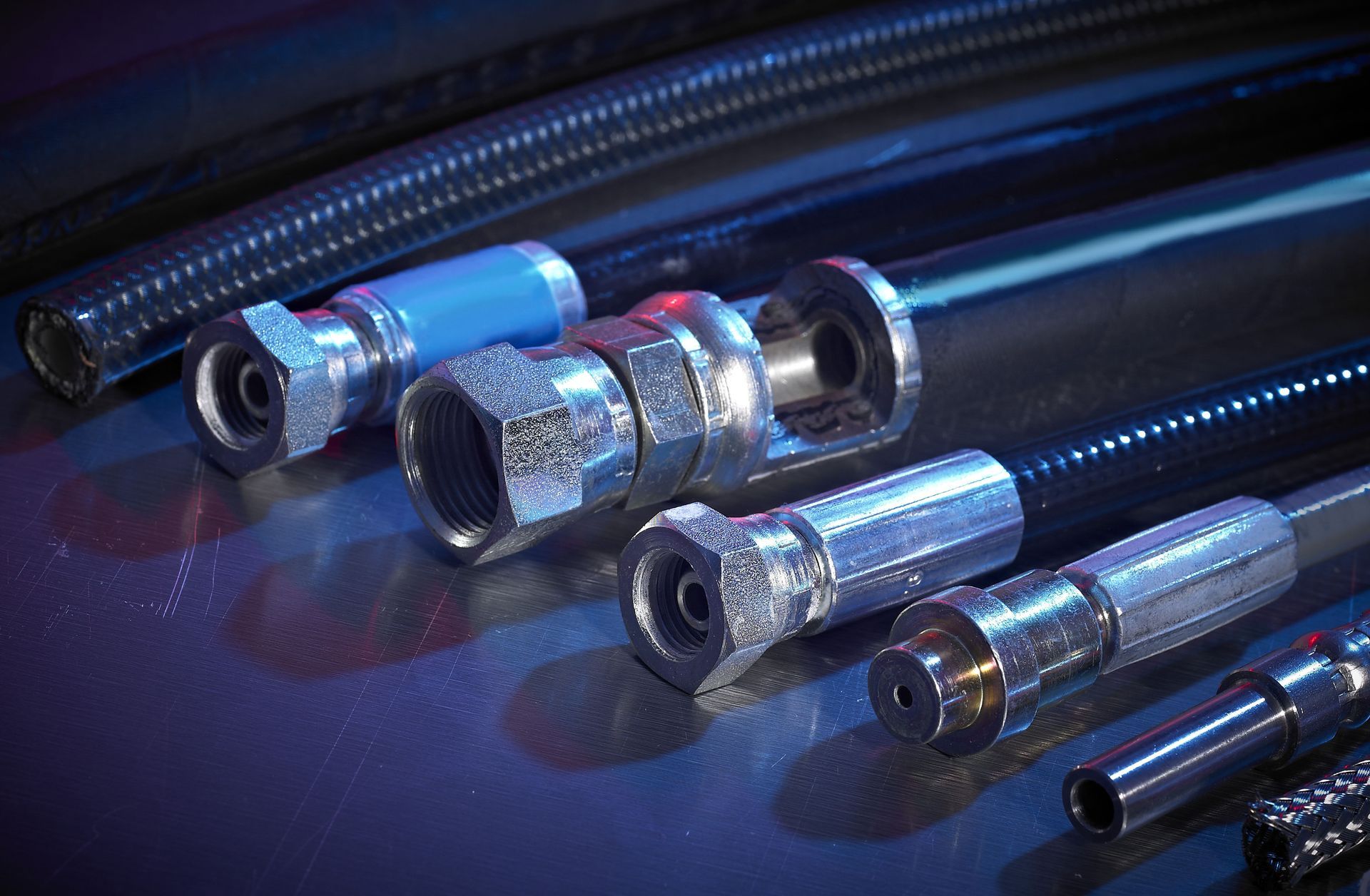
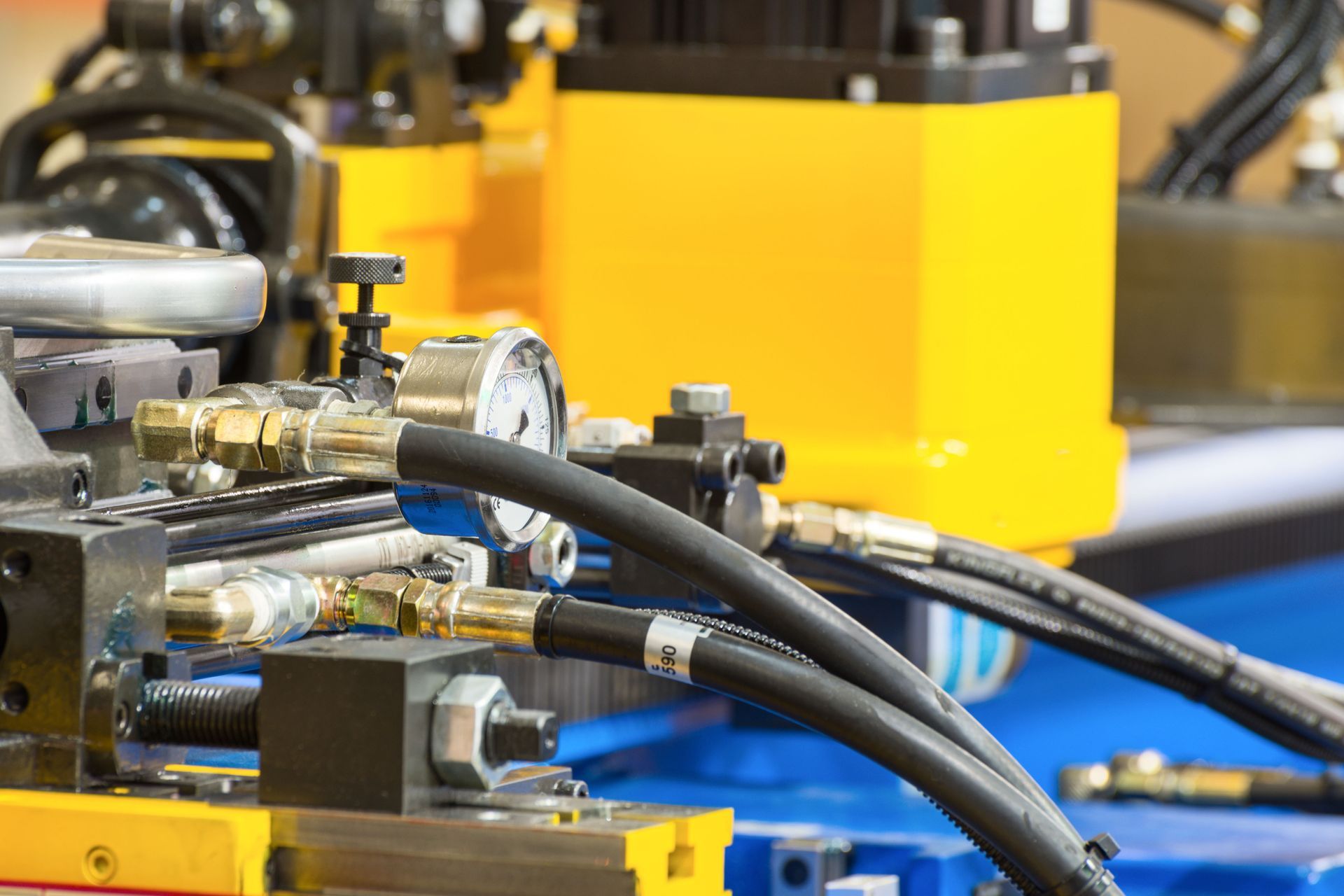
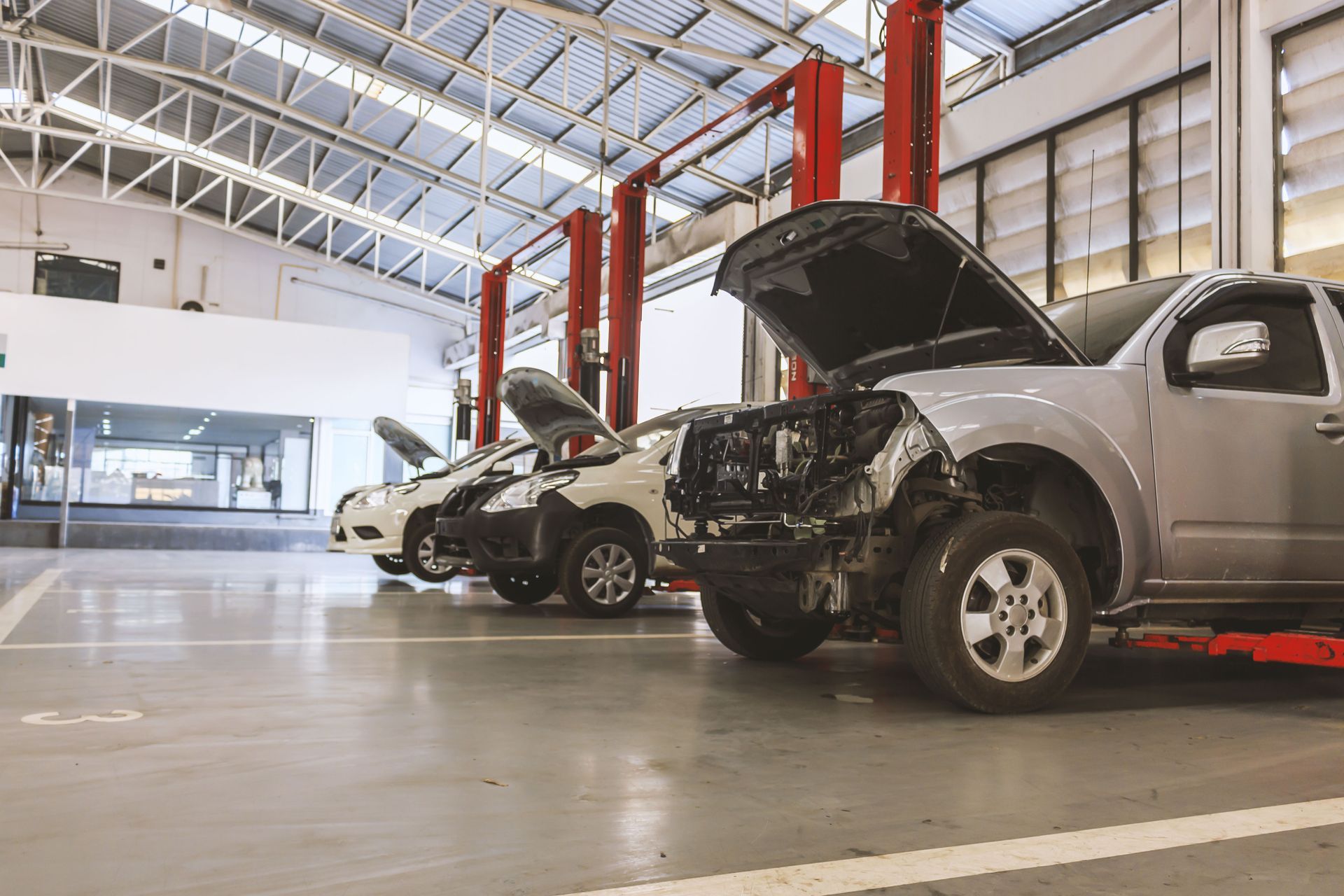
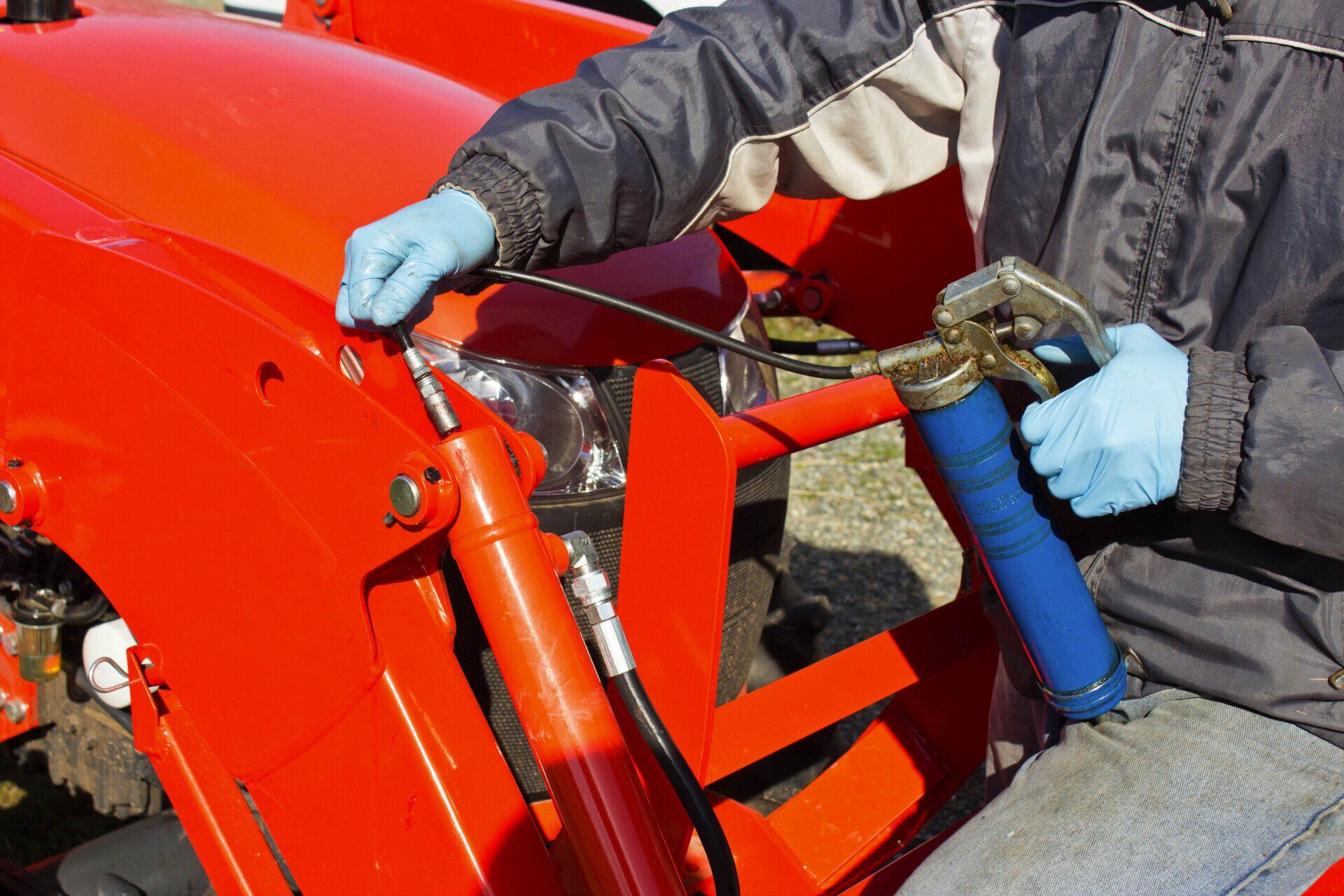
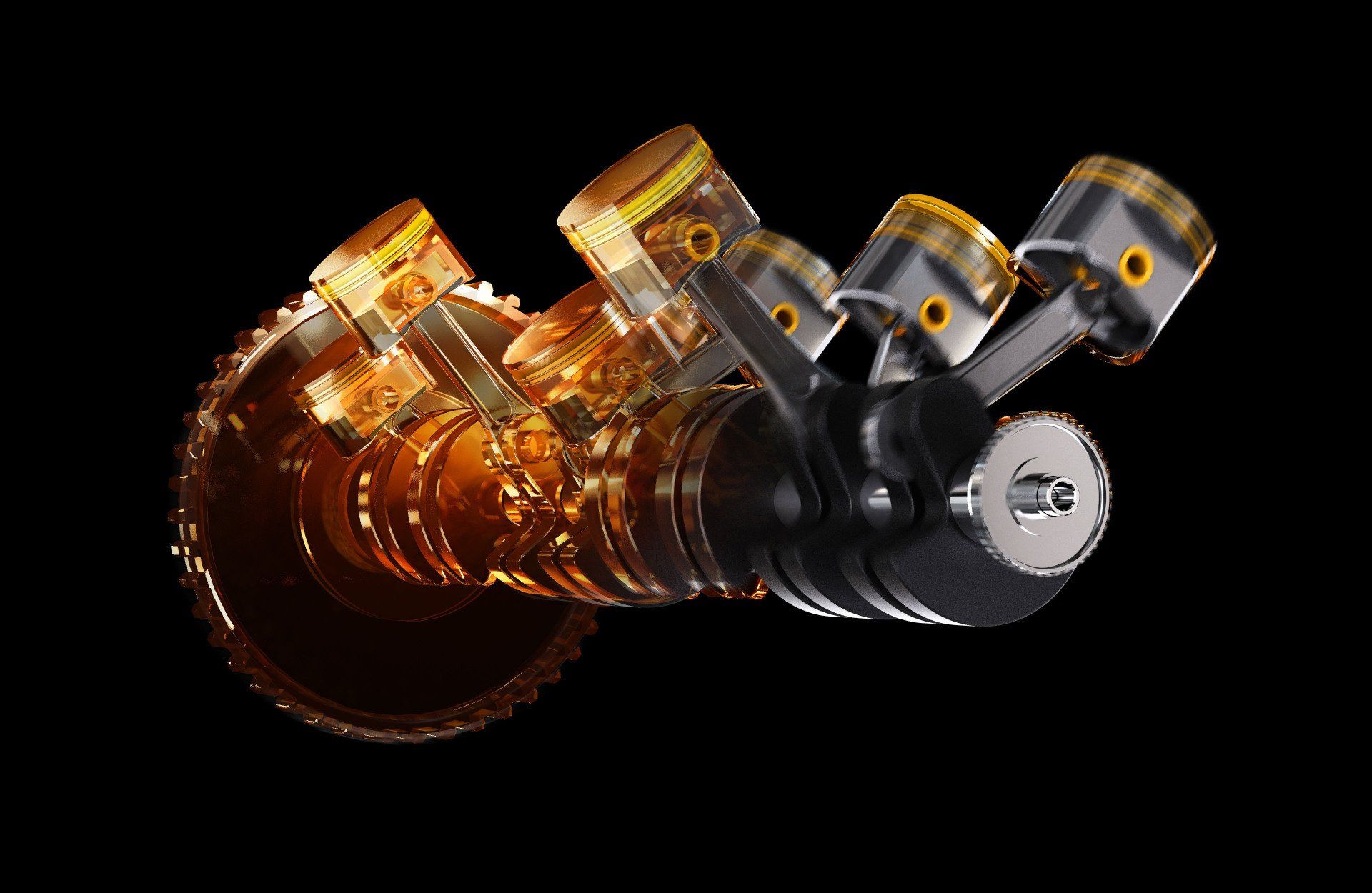
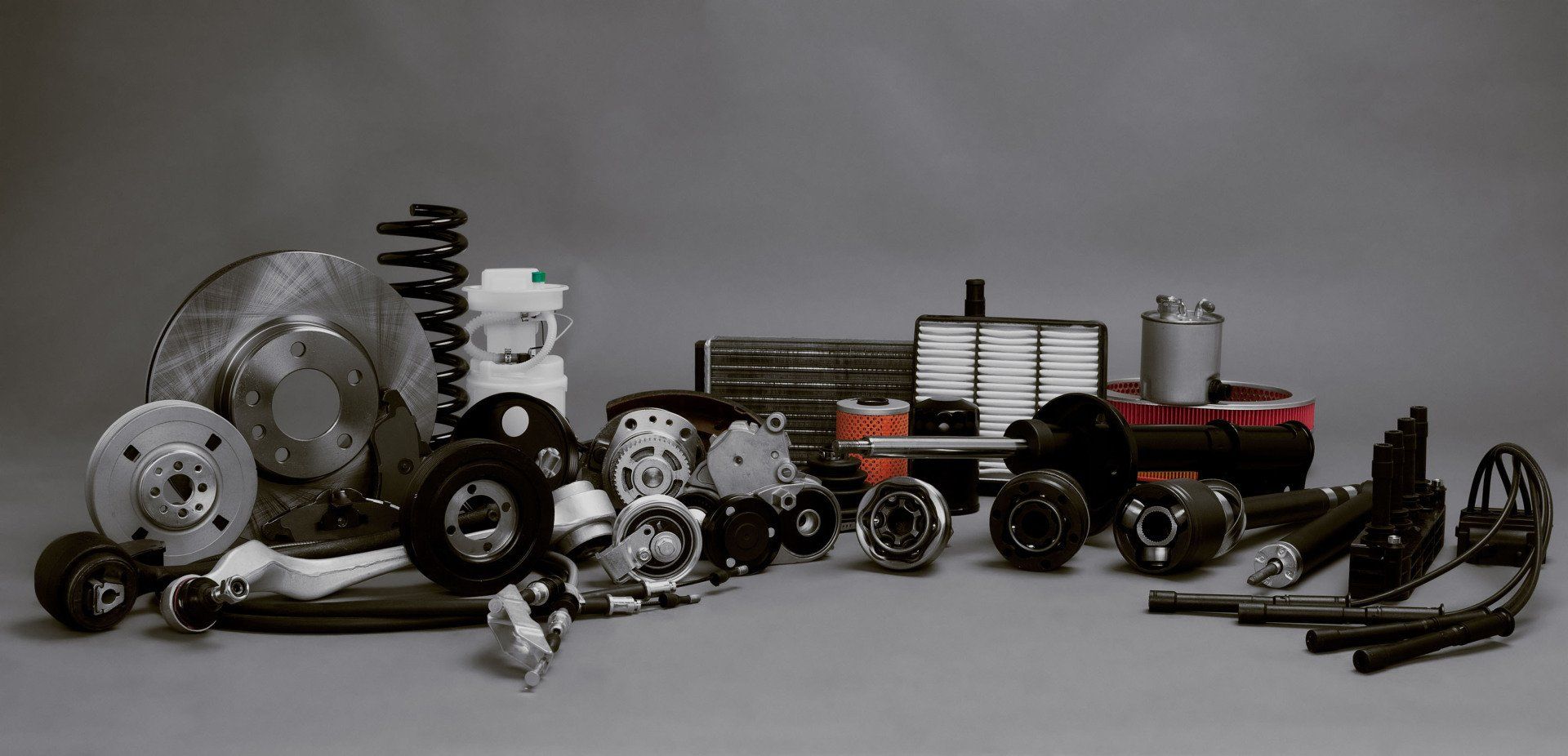
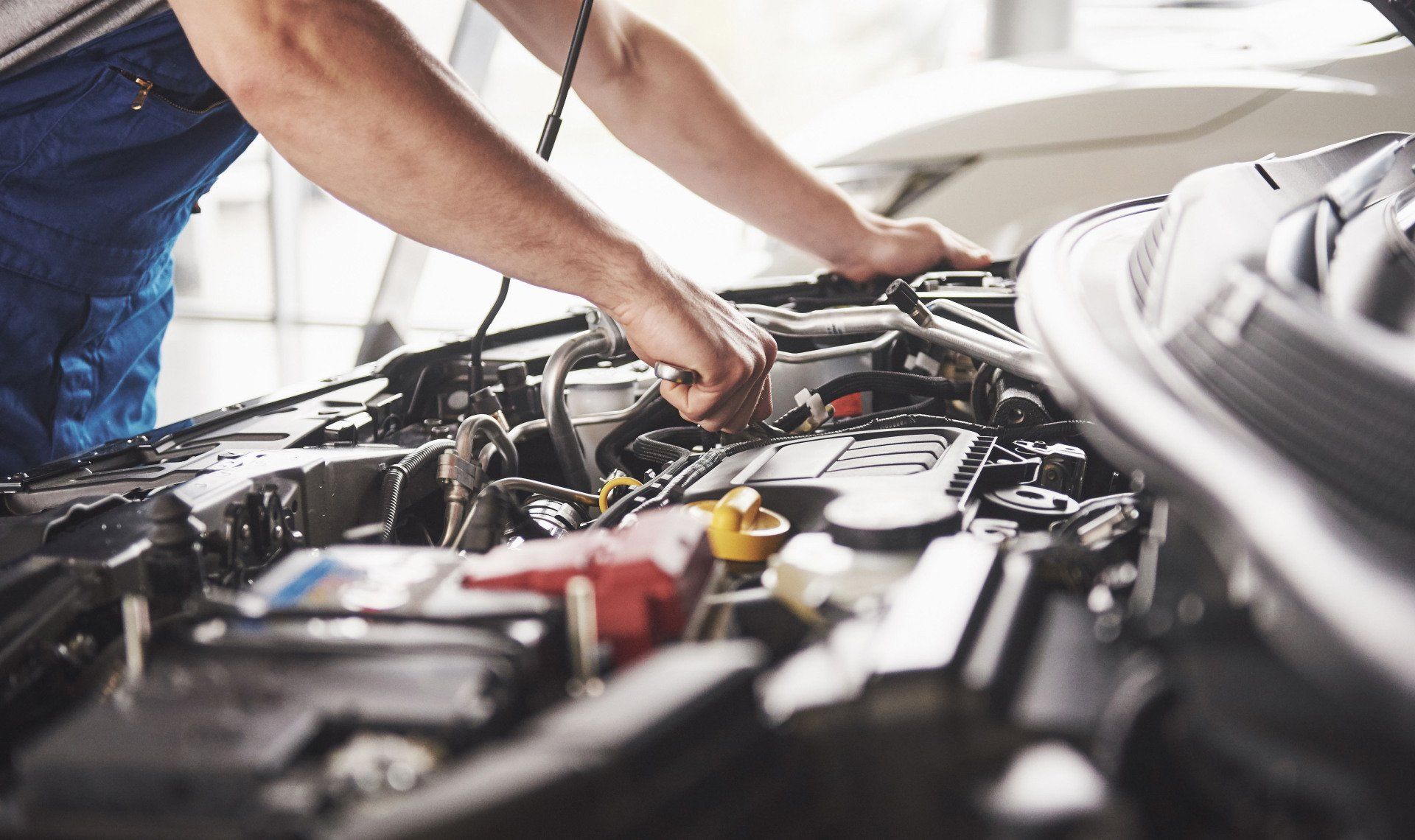

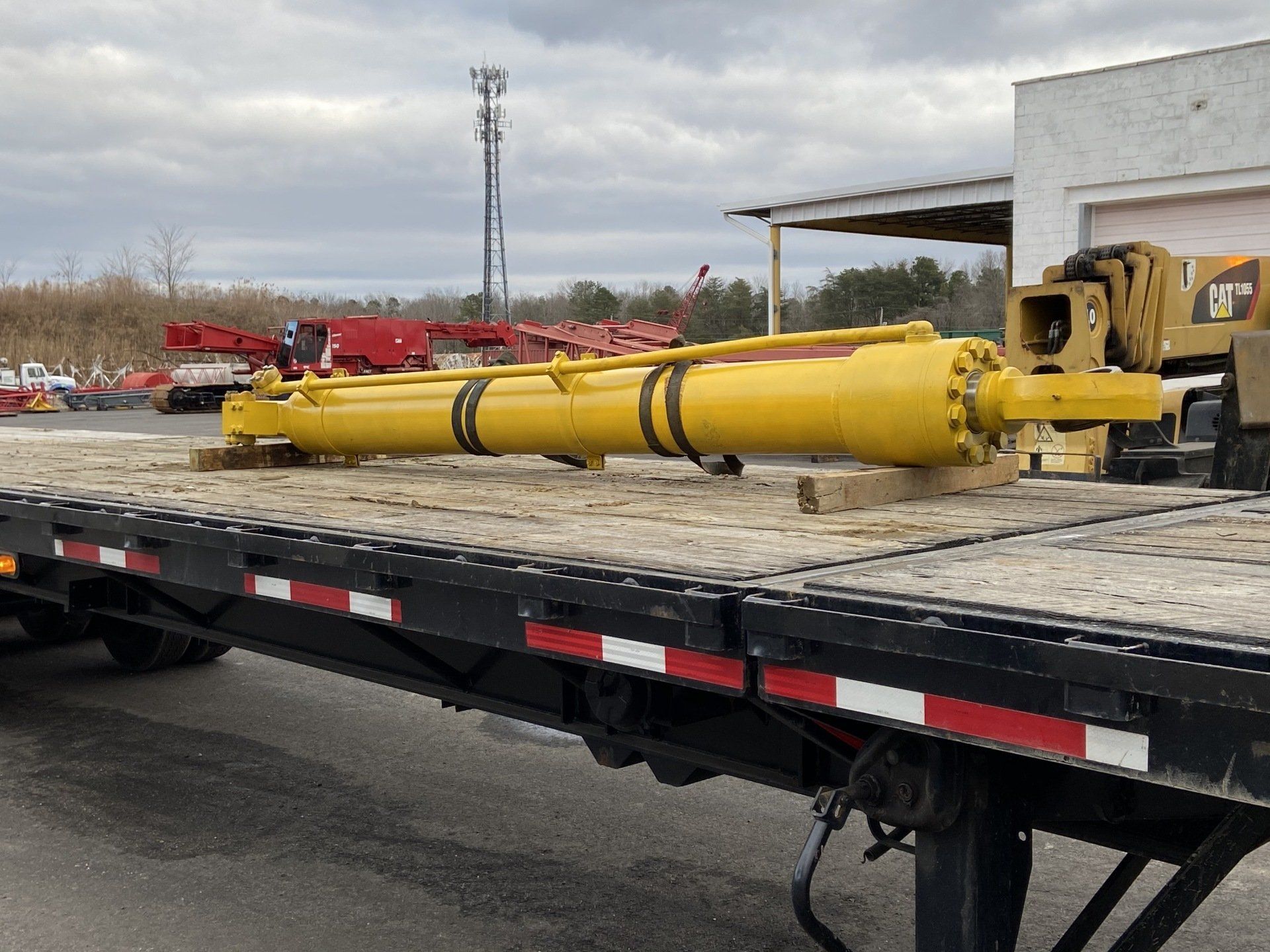
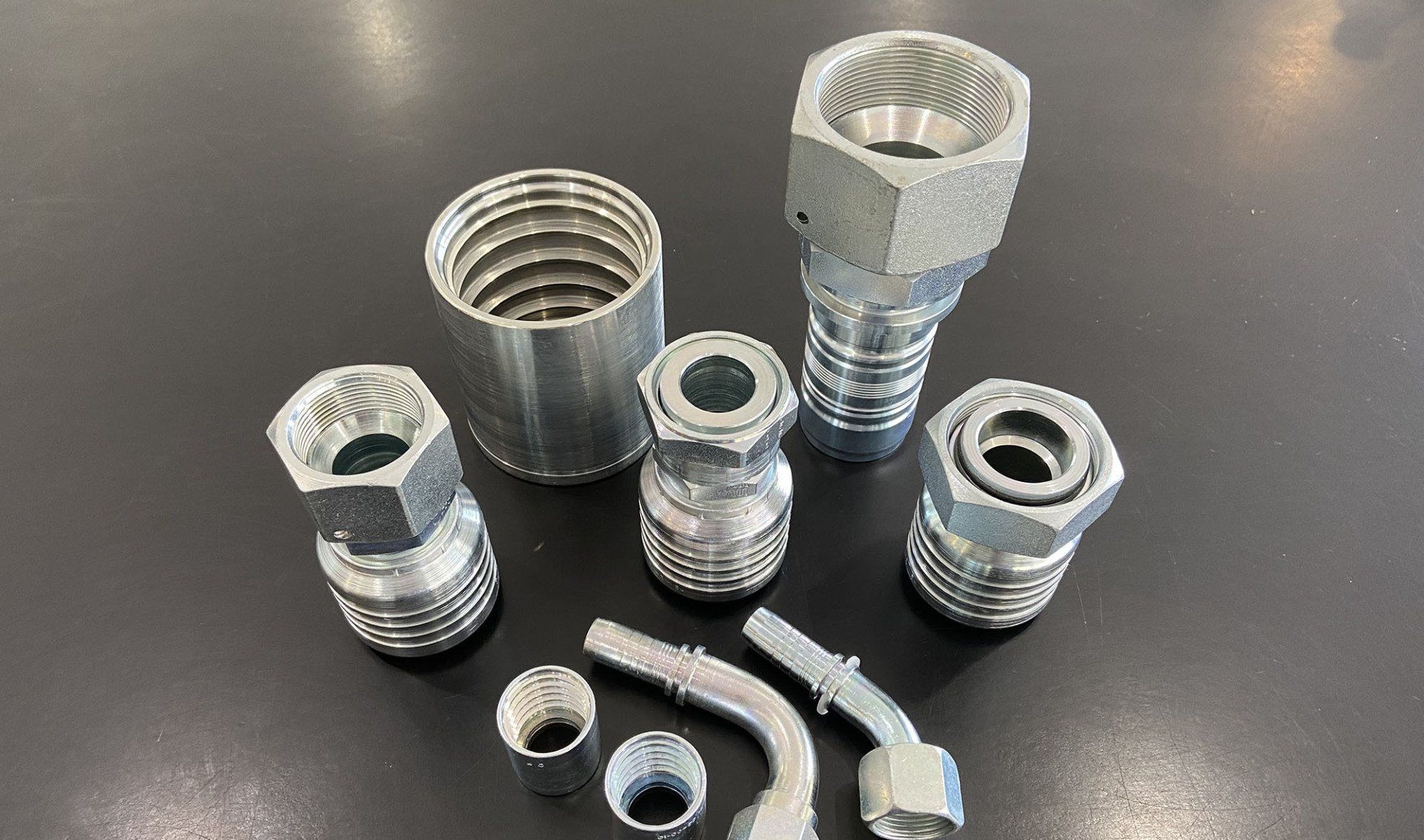
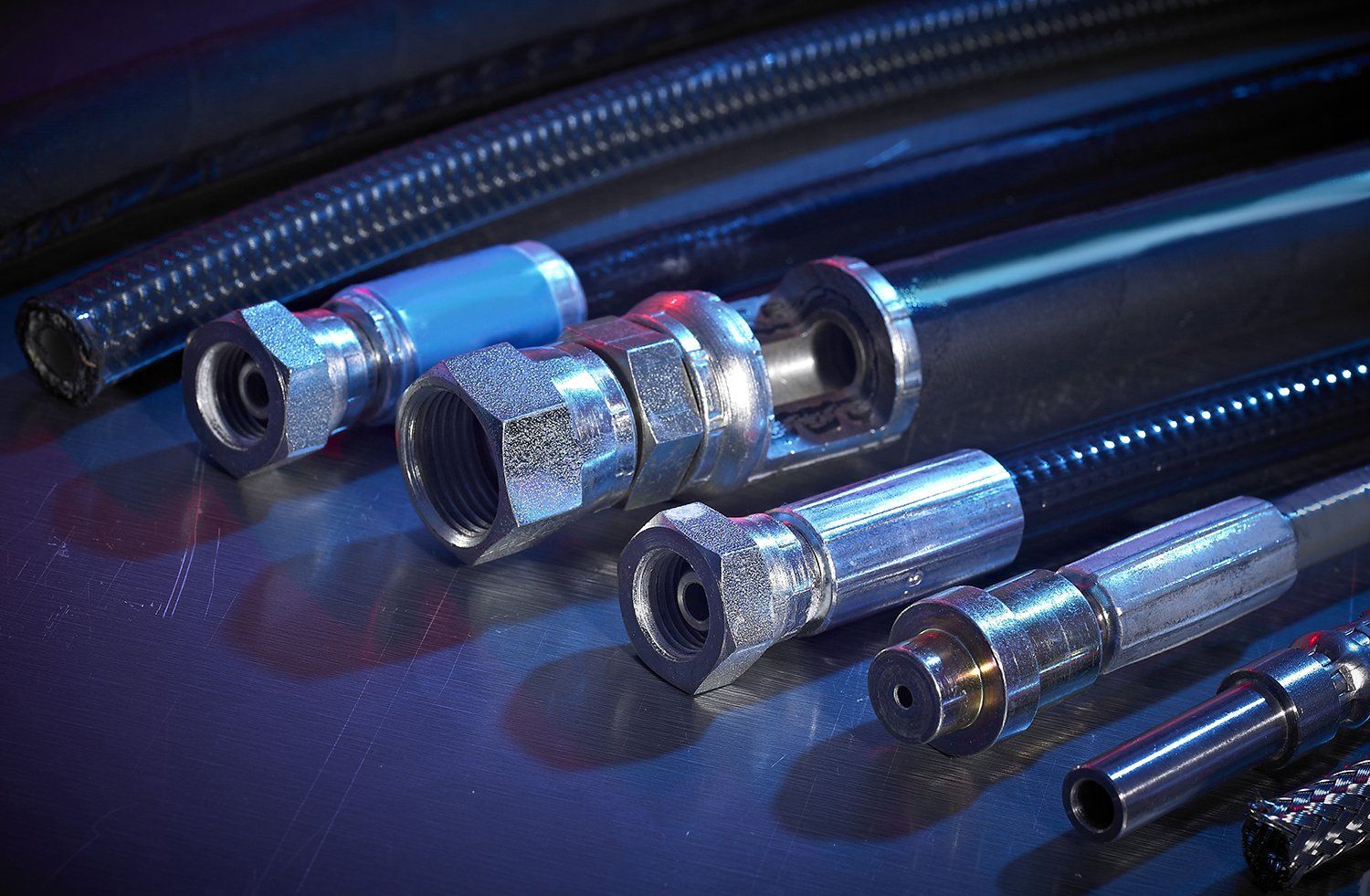
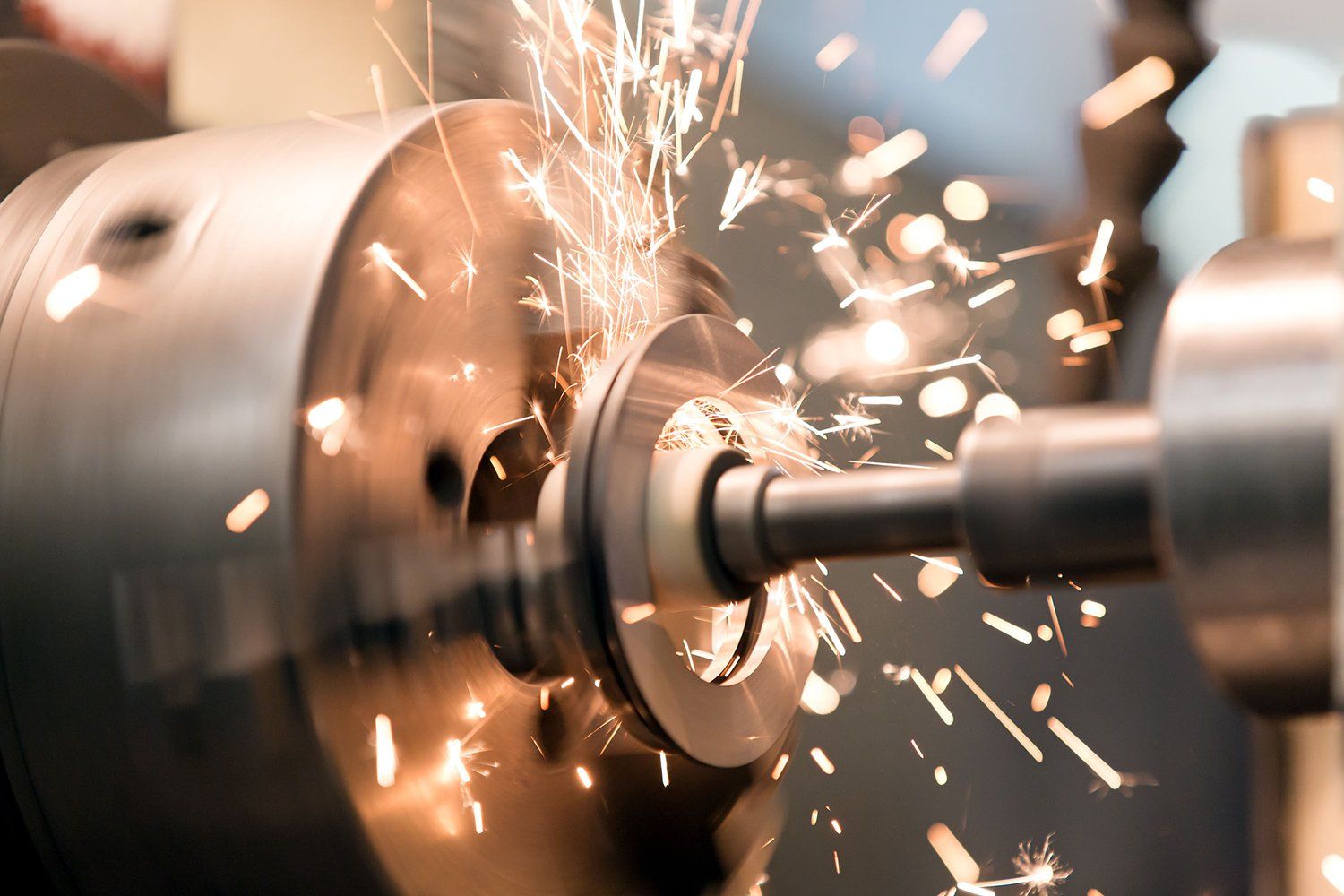

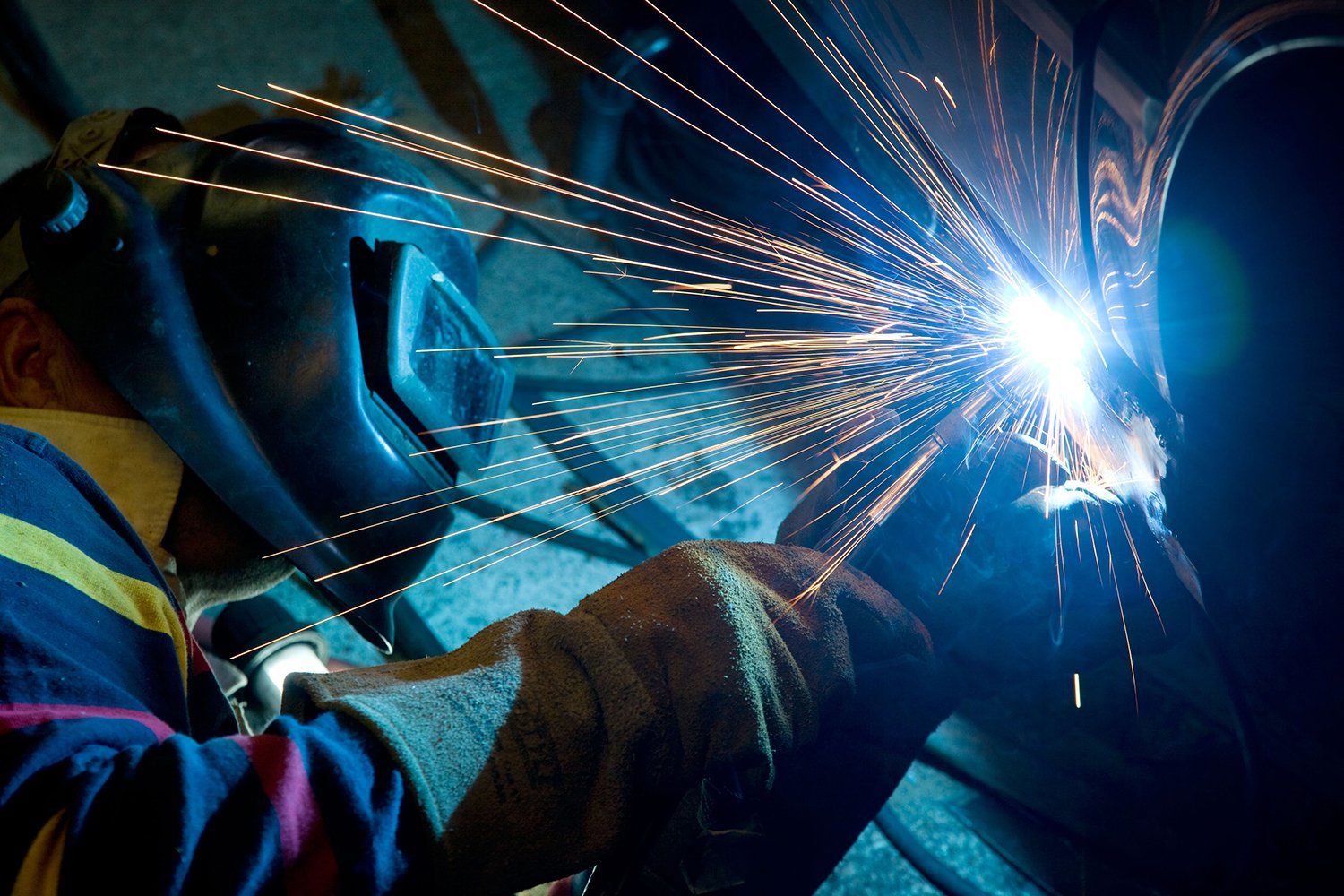

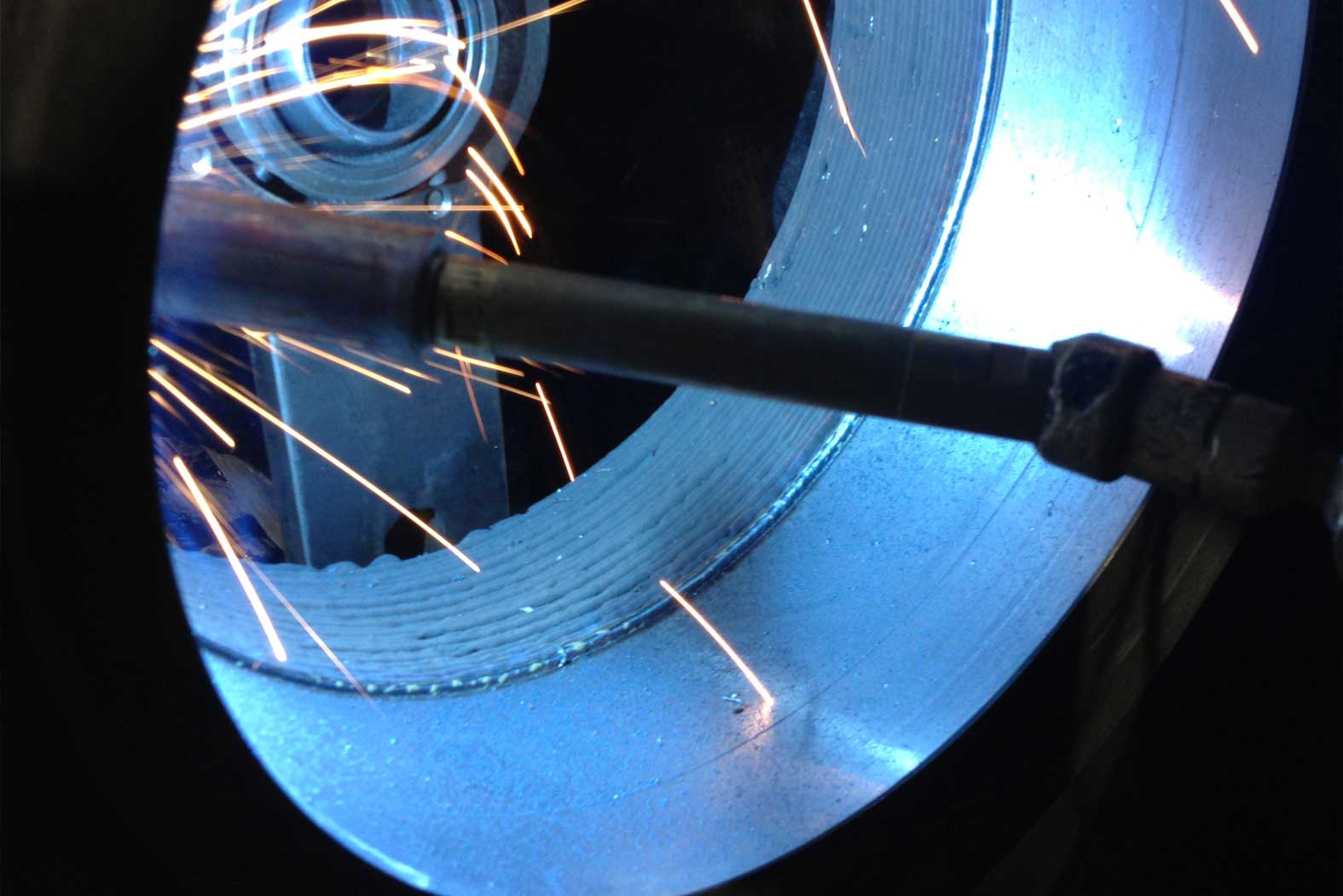
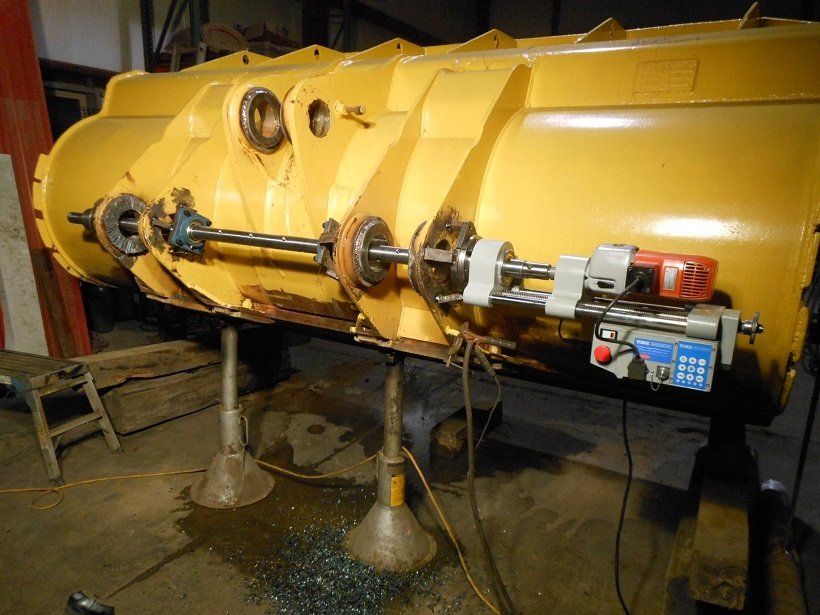

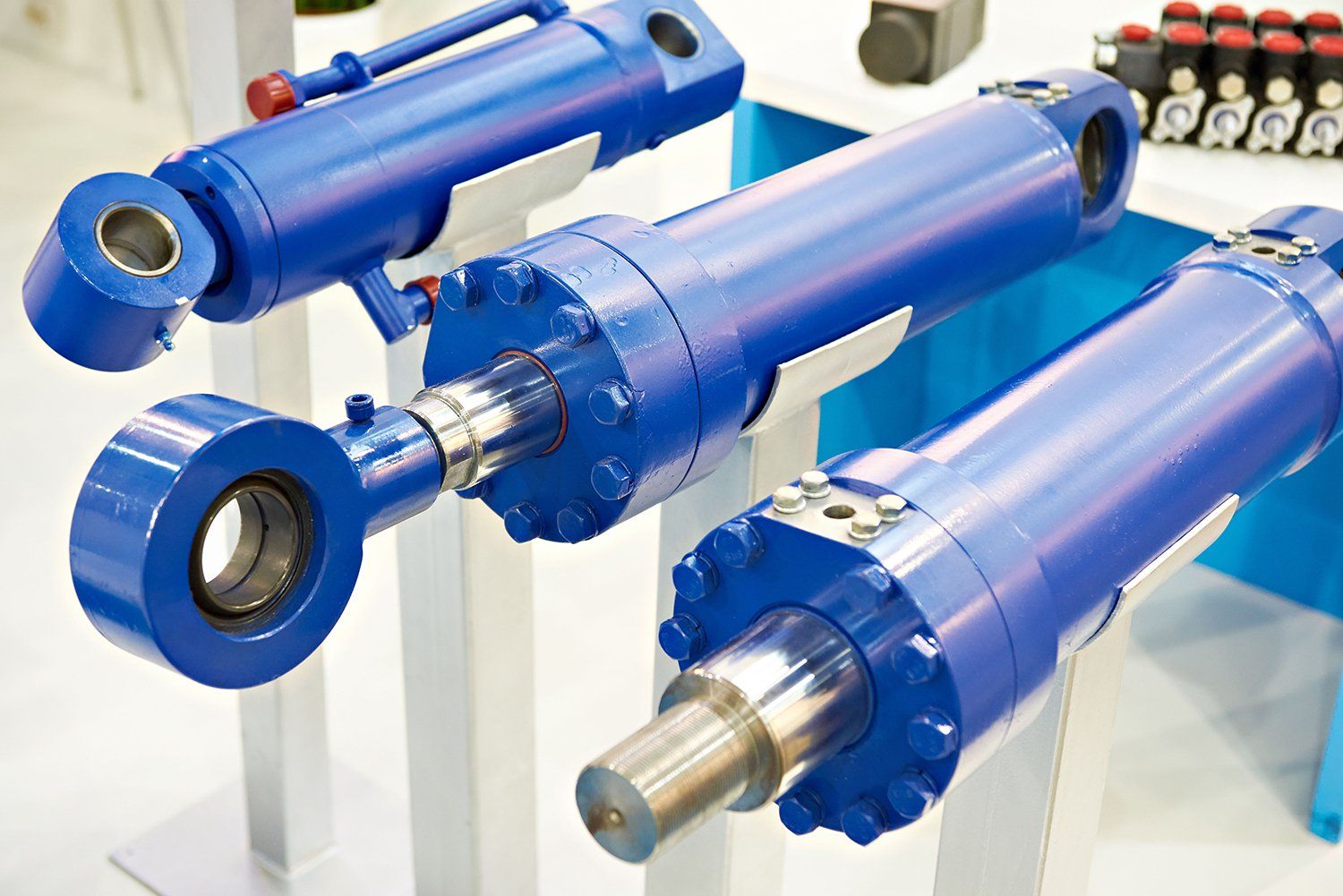

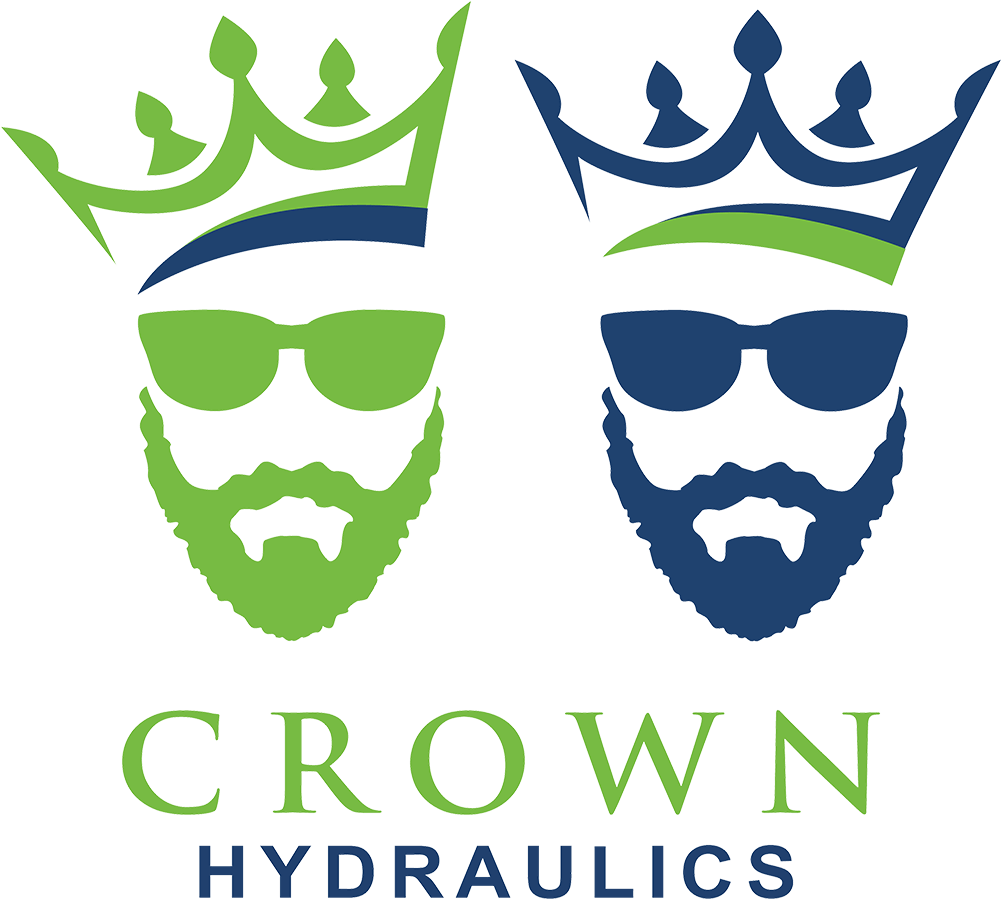
Share On: